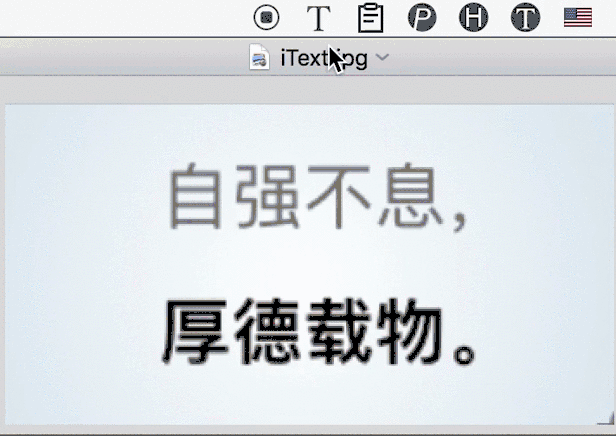


You can save, restore, and re-save a PNG image without degrading its quality.

It compresses solid areas of color while preserving sharp detail, such as the detail in line art, logos, or illustrations with text. The PNG file format is similar to GIF but it provides better color support.
#BTSEXUALASSAULT IPASTE PORTABLE#
You want the contents of the Clipboard to appear as a Portable Network Graphics (PNG) picture.

The JPEG file format supports 16 million colors and is best suited for photographs and complex graphics. You want the contents of the Clipboard to appear as a Joint Photographic Experts Group (JPEG) picture. GIF is also a good file format for line drawings, black and white images, small text that is only a few pixels high, and animation. The GIF file format is limited to 256 colors, and is therefore most effective for scanned images, such as illustrations, and less effective for color photographs. You want the contents of the Clipboard to appear as a Graphics Interchange Format (GIF) picture. You want the contents of the Clipboard to appear as a Microsoft Office drawing object. You want the text to take on the formatting of the Office program you're pasting to. You want the text to retain the formatting of the text from the other program or web page. To specify the format that you want to paste the slide, text, or object as, click Paste, and then use the table below to select a format from the Use this format list. As long as you survive, treasure it where you walk.” In the 1970s, nutritionist Otsuka Shigeru displayed a similar faith in the power of this pickle’s very presence, writing, “Even the middle-aged gentleman experienced in overseas travel somehow recovers his composure by merely remembering the umeboshi in his suitcase as he undergoes the departure process at Haneda International Airport.” Researchers today continue to explore the potential powers of umeboshi, which purportedly include everything from cavity prevention to curing a hangover to inhibiting cancer growth.Tip: If you'd prefer to use the keyboard you can press CTRL+ALT+V to invoke Paste Special. The Zohyo Monogatari (“Story of the Common Soldiers”) advised warriors short of breath to “take an umeboshi from your provision bag and look at it. Photo by Emma FishmanĪccording to Ishige, unripened ume was used medicinally in China since ancient times, and in premodern Japan “was believed to prevent infection during a plague.” Umeboshi developed in Zen monasteries before spreading to the Samurai class. Umeboshi paste, ready to be wielded as a secret culinary weapon. In "The History and Culture of Japanese Food,” Anthropologist Naomichi Ishige writes, “Occasionally a jar of umeboshi over a hundred years old is found in a storehouse, and the pickles are still edible.” The ume are then dried in the summer sun for several days, put back in their fermenting liquid for at least another week, and finally transferred to an airtight container to age for several months or even years. Red perilla leaves are added, which dye the umeboshi their vibrant shade of pink over the next three weeks. To make umeboshi, ume-translated variably as a type of plum or apricot-are picked when they’ve just started to ripen in June, covered with salt, weighted, and left to ferment for two weeks. That vegan moved in and stayed for life I haven’t been without a jar of umeboshi paste since. She includes the paste in several recipes and writes, “It sometimes adds the perfect astringent note not just to Japanese dishes but anything similarly inspired.” Intrigued, and freshly in love with a vegan, I tracked down the paste in a health food store and made Abensur’s Quick Aromatic Laksa, aiming to impress. I first learned about umeboshi paste-the Japanese condiment made of pureed, fermented ume fruit-from my all-time favorite cookbook, The Cranks Bible by Nadine Abensur.


 0 kommentar(er)
0 kommentar(er)
